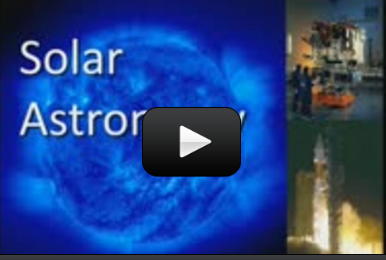This is a recording of a recent live class I did with an entire high school astronomy class. I’ve included it here so you can participate and learn, too!
Light is energy that can travel through space. How much energy light has determines what kind of wave it is. It can be visible light, x-ray, radio, microwave, gamma or ultraviolet. The electromagnetic spectrum shows the different energies of light and how the energy relates to different frequencies, and that’s exactly what we’re going to cover in class. We’re going to talk about light, what it is, how it moves, and it’s generated, and learn how astronomers study the differences in light to tell a star’s atmosphere from millions of miles away.
I usually give this presentation at sunset during my live workshops, so I inserted slides along with my talk so you could see the pictures better. This video below is long, so I highly recommend doing this with friends and a big bowl of popcorn. Ready?
Please login or register to read the rest of this content.


good to know thank you
Most stars are very far from each other. To give you an idea of the distances, light that leaves our star, “the sun” takes about seven minutes to reach us. Light leaving the next closest star, “Proxima Centauri” takes about four and a quarter years to reach us! (4.246 light years). That is about 24,690,226,567,371 miles away! Stars can “run into” each other, but this seems to be very rare. We call this a “stellar merger” (stellar means star). The first stellar merger we’ve seen was in 2008.
Also, stars are gigantic and much larger than asteroids, moons and even planets. Sometimes objects crash into stars, but we don’t see this very often.
When objects get to close to a star, they begin to break up because of the intense gravity and radiation that comes from stars. If an object gets to close it bursts apart and burns up.
The experiment works best with orange or yellow highlighters, but feel free to experiment with different colors.
with the last experiment would it work with a purple, blue, green or yellow highlighter?
Why don’t stars hit earth, other planets, or moons? Do stars hit asteroids and if they do, do they make an explosion?
Do you see where it say “Print out this worksheet” ? That’s the link you click on. It’s right above the video.
Where is the worksheet?
Great!
Now I now my sunglasses are not polarized. Thank you 🙂